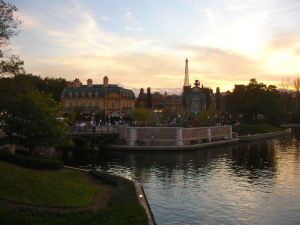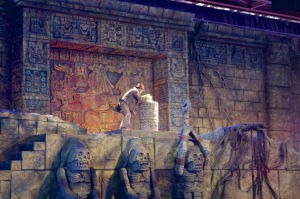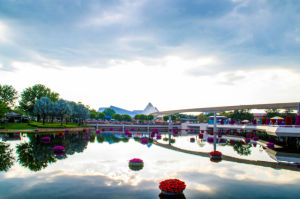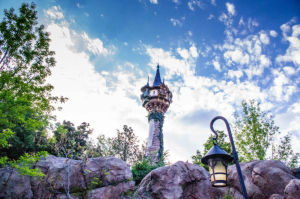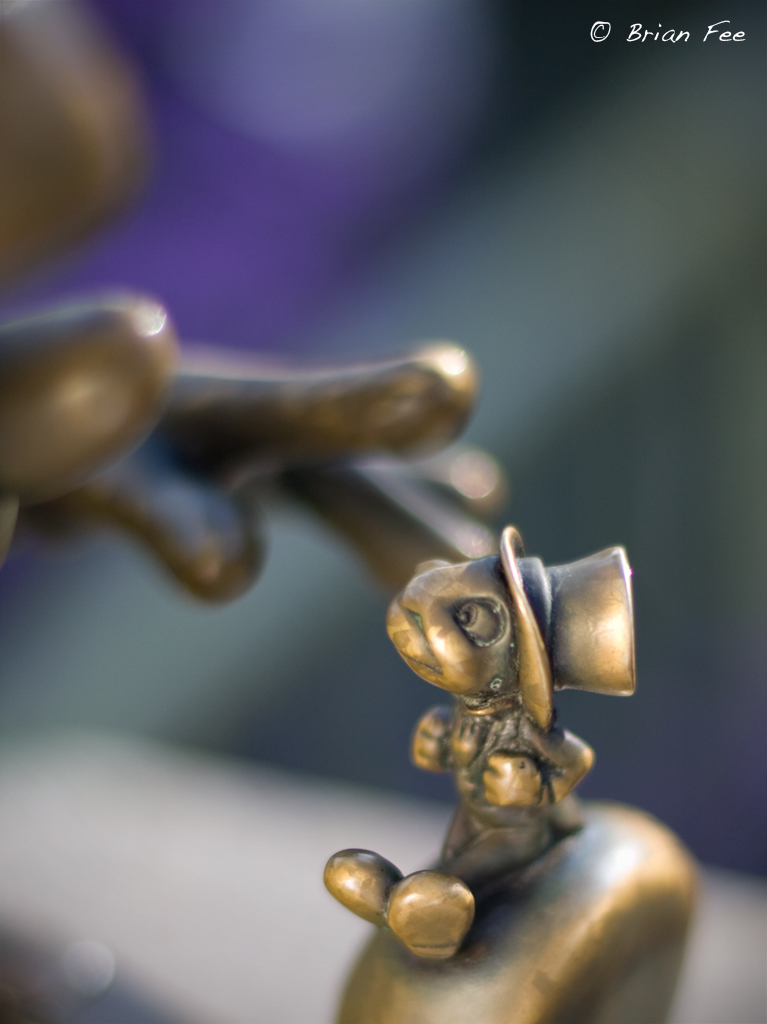
Over the last few years I’ve been on a long journey – one that’s taking me from being a very casual photographer to putting some real effort into the photographs I take. I started that journey in late 2011 while looking at photographs from our Disney World trip that Fall.
Until that point, I’d only used two point and shoot pocket digital cameras for taking pictures, never taking the camera out of “Auto” mode. The most sophisticated I got was when I realized the flash was doing me no good, or turned off the flash to obey the “No Flash Photography” rules. I never even turned the little dial on the camera and snapped a photo to see what would happen. The mission was to follow our plan for the park, get from A to B, and fire off pictures as we went. I guess you could say I was more concerned with the quantity of photos, rather than the quality of the photo that captured a certain moment.
And there’s nothing wrong with that approach – point and shoot cameras are very good for beginners like me. Easy to use, small (great when you’re packing around stuff for the kids), and fast. So I have to admit not too much thought went into my so-called approach to photography. And when time is of the essence (and we all know it is on a Disney trip), point, shoot, and walk is sometimes necessary.
But this approach eliminated thought about what I was doing, and how I was doing it. I apologize to my fellow riders for breaking the “No Flash Photography” rule on certain dark rides. If it’s any consolation, the photos didn’t come out so great.
I have some awful photos from night time parades. The flash on my point and shoot camera did nothing to illuminate the parade float 30 feet away, and my poor little camera’s Auto Focus couldn’t find its Happy Place, so I have a lot of poorly framed and blurry pictures. My approach to night time parade photography only served to spoil my night vision and blind someone’s 3 year old sitting by us.
When I got home, I’d use iPhoto to do some light editing, and once even made a book from one of our trips. Considering the photographer and author, the book isn’t too bad. That’s one of the great things about photo editing and publishing programs – they’re easy to use, and in my case, helped salvage some photos just by using the default “Enhance” button. The most sophisticated “post processing” I did involved removing red eye.
But with all of my “bad” photos, I got some really good ones. I guess if you shoot enough you’re bound to have a good shot every now and then.
Take a look at the photo below. This is straight out of the camera from a trip we took almost 6 years ago:
And here’s the same photo after some adjustments in Lightroom:
I love both. So taking great (at least to me) photographs is certainly possible. And with the advances in point and shoot camera technology, you’d get even better results. Of course, it helps that software has improved our ability to change photos after capture.
In 2010, my son and I went on the ultimate baseball trip (at least for us) – a trip to Wrigley Field in Chicago. I hadn’t been to Wrigley Field in almost 20 years, and it was my son’s first time. I’ll end the baseball part of it right there (106 years and counting). I told myself I’d get a real camera to get great pictures. I bought a good starter DSLR because I wanted increased zoom and resolution. The good news is I was able to document the experience and got some pretty good shots.
But even on that trip, I didn’t venture away from my camera’s Auto settings. I shot .jpg, not RAW files (more on that in another post). I didn’t want to work with large file sizes, and at that point I didn’t care much about this strange thing called “post processing”. The camera’s capabilities were (and really, still are) beyond my understanding of photography. I was intimidated, and at that point I wasn’t ready to take the time to learn how to use my camera and learn what to do with my photos once I had them.
Our 2011 Walt Disney World trip changed a lot of things for me. We had a great time, and by then I was more comfortable with my camera (but still shooting Auto/.jpg). When I started looking at the photos, the first thing I noticed was how much I enjoyed going back through them, seeing how I could improve the shot, or seeing which ones made it look like I had decent photography skills.
Here are a couple from that trip:
And the photos looked better after I did some editing. The new camera definitely helped improve the shots.
I got to thinking about shots I’d like to improve on during the next trip, like dark ride photos, or really good fireworks shots. My “Disney Photo Bucket List” was born. I started searching the web for Disney photography, and not surprisingly, there are a ton of great resources out there. On those websites, the authors are very generous with how-to advice on capturing “money” shots at iconic places throughout the parks.
I had a long time to think about a return trip to Disney World. So I had a plan. I was going to get great photos while not letting photography get in the way of the trip. We went earlier this year, and I learned some hard lessons about balancing moving through the parks and taking time to shoot good photos. I also learned some lessons about equipment problems and how that can affect you while you’re there and when you get home. I’ll share more about that in a follow-up post.
But I got some good ones:
I’m not an expert photographer. Far from it. At this point, I’m not sure I’d say I’m a good photographer. But I have taken some good pictures, and I know I’m getting better.
It took me a while to discover thinking about taking pictures before the trip or event, and also to think about what I’d want to do with the photos when I got home. I’ve also seen an improvement in the quality of my pictures, not just at Disney World, but overall. To me it doesn’t matter (and I don’t think it should to you, either) whether the improvement comes from increased skill as a photographer, advances in technology, or a combination of the two. Have fun while you’re there and when you’re going back through your pictures.
I’m glad to have discovered a fun hobby that allows me to relive the great memories, preserve them, and look forward to the next trip. I’m also glad to have the chance to share this experience. In future posts I’ll tell you about the highs and lows of “My Journey Into Disney Photography.” Regardless of your photography skill level, I’d love to hear about your Disney World trip photography. We can get better together.
Since going to Walt Disney World and Disneyland at a young age, Chris has always enjoyed Disney music, TV shows, movies, and trips to Walt Disney World. But his appreciation of the overall Disney experience has greatly increased over the last few years. While waiting for the next chance to work on his Disney photography skills, Chris passes the time listening to Park/Resort audio, WDW podcasts, and checking out the work of other Disney photographers. To Chris, there are no bad Disney trip photographs or photographers.
Non-Disney pursuits include spending time with his wife and children, watching and listening to baseball broadcasts, and cheering for the Chicago Cubs and LSU. Chris is a third generation professional engineer in Louisiana, working mainly on asbestos, lead, mold and demolition projects. Follow Chris on Twitter @ChrisWhitePE and you can check out his Flickr photo stream: chris_white2323.






